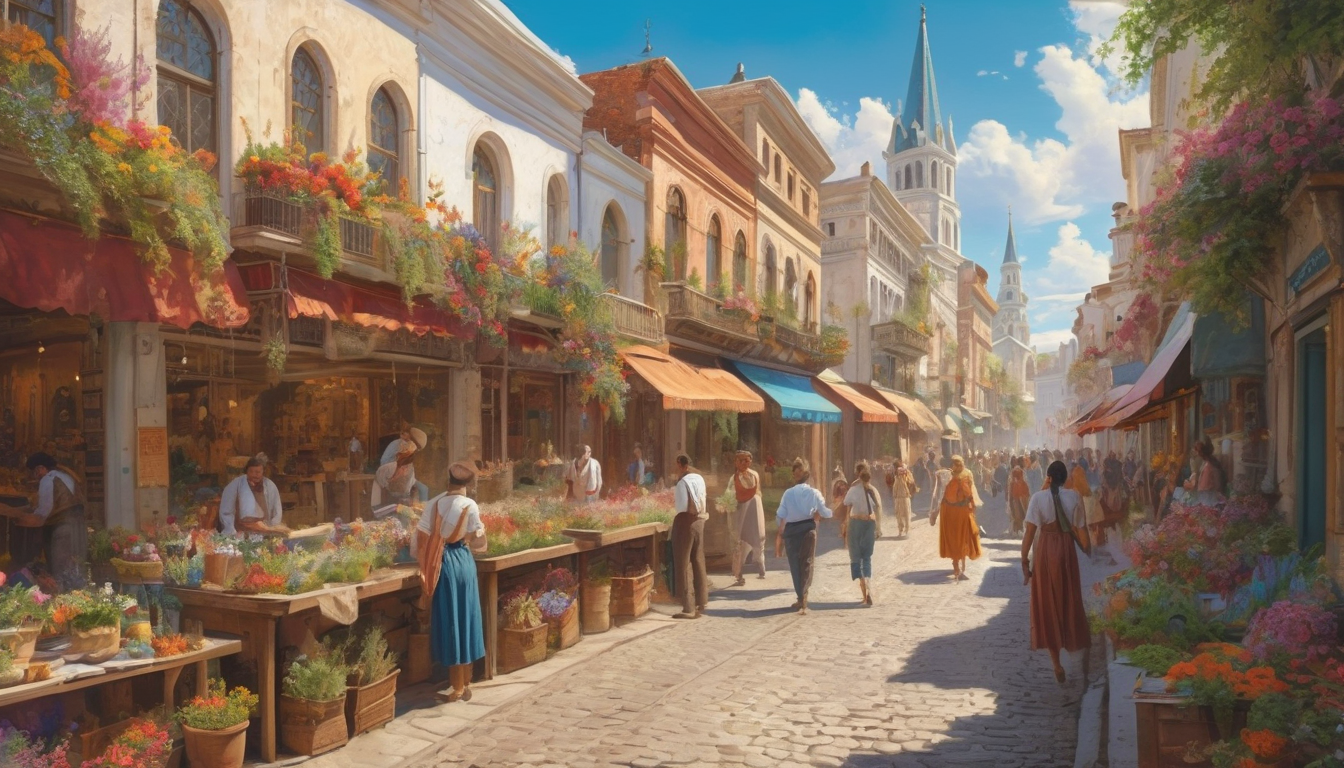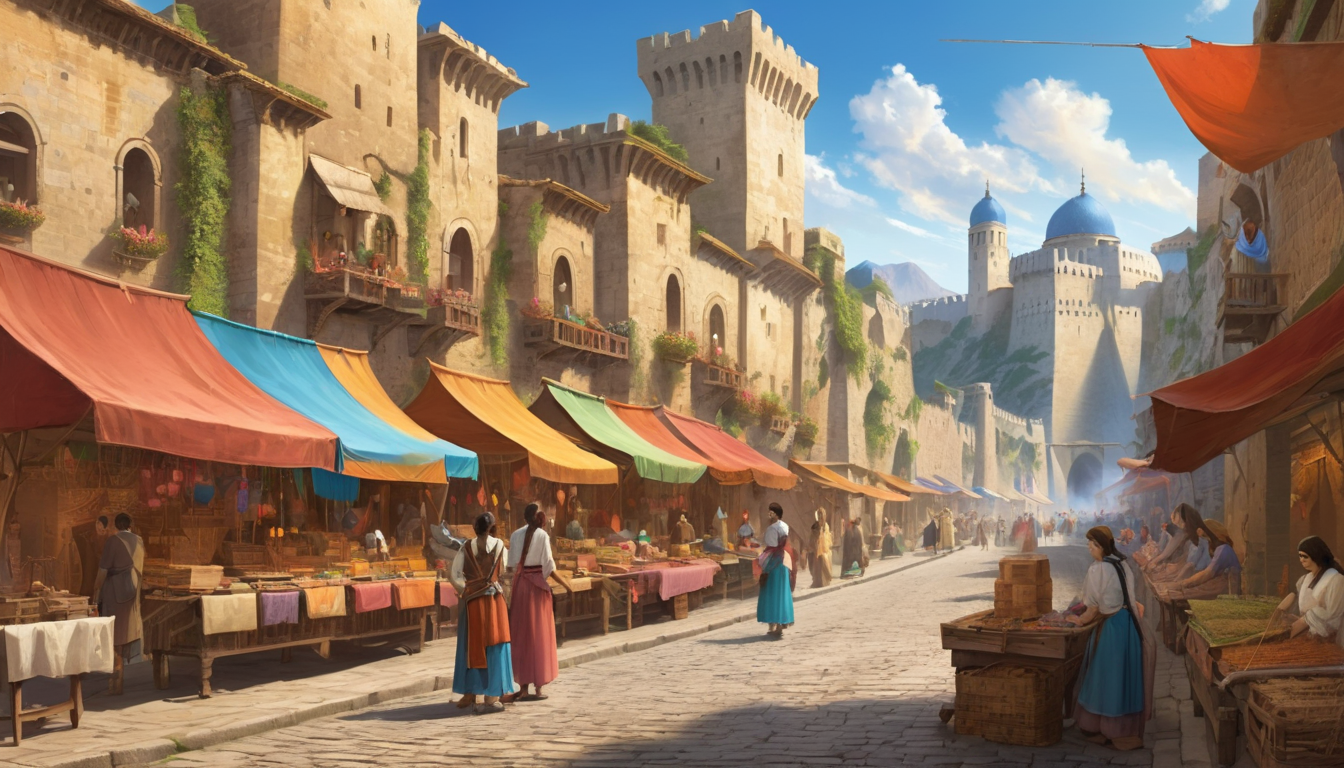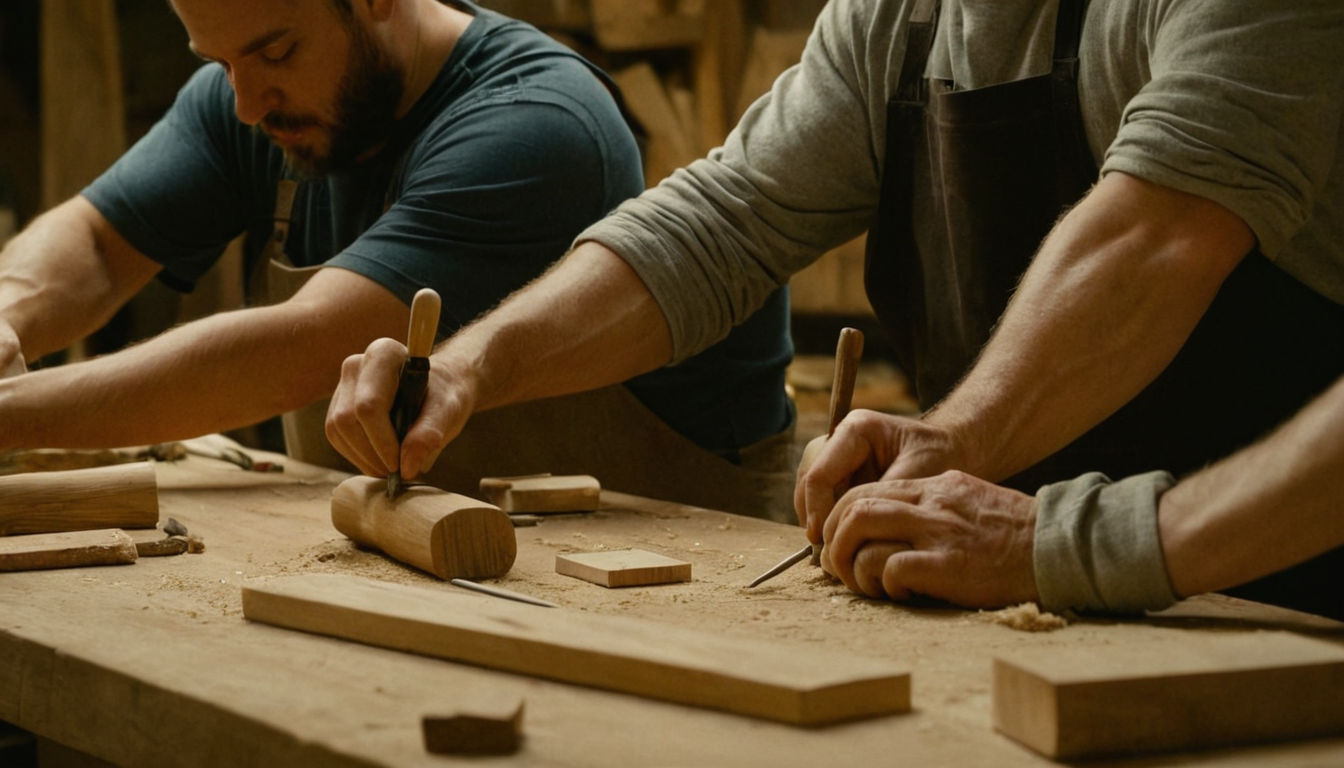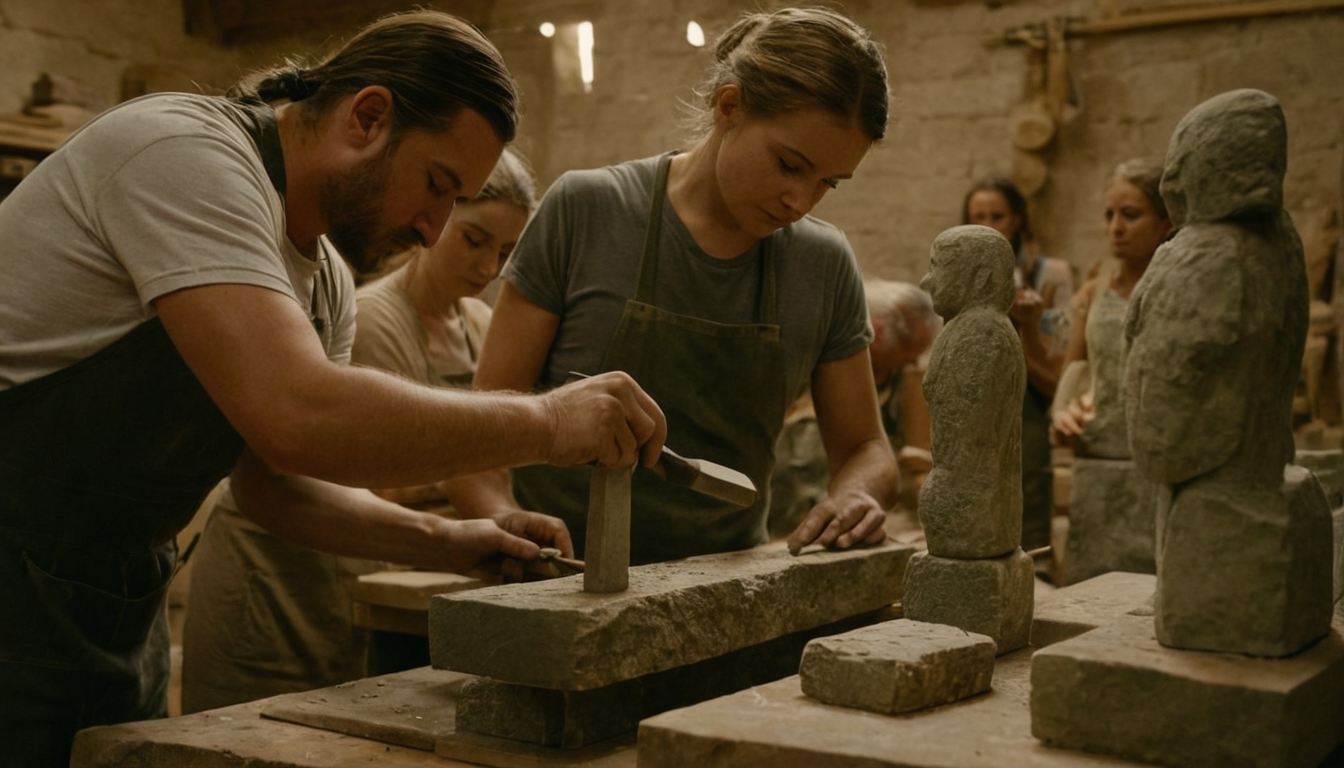Arzentia is the rest of the world’s sewing machine, pickaxe, factory, and human trial lab
- Shane Traleyor, Minister of Trade, Shekland
Arzentia is one of the most population dense nations in the world. Though physically smaller than Ishitar it houses significantly more people, cities, and Archive Nodes. In the modern day it is considered a hub for manufacturing, particularly large-scale manufacturing. Roughly %40 of all goods sold globally originate in Arzentia. Additionally, there is a huge amount of resource extraction, and refinement done particularly in the southern regions.
Basic Information
Capital: Yaeila
Nodes: 26
Provinces: 5
cities: 3,214
Monarch: Yes
Commissioners & Ministers (TODO)
…
- Commissioner of Justice
- Minister of Law
- Minister of Enforcement
- Commissioner of Commerce & Finance
- Minister of Business
- Minister of The Treasury
- Commissioner of Art & culture
- Minister of Anthropology
- Minister of Architecture
- Minister of Religion
- Commissioner of Education
- Minister of Primary Education
- Minister of Secondary Education
- Minister of Research
- Commissioner of Foreign Affairs
- Minister of Military Affairs
- Minister of Foreign Trade
- Commissioner of Domestic Affairs
- Minister of Property
- Minister of policing
Notable places (TODO)
Notable People (TODO)
Birthrites
Arzentia employs a socioeconomic hierarchy that is largely decided by parentage. This system is called the birthrite system. You are splits into 4 classes based on birth, and this classification is added to your state ID:
- Aelrites: The elite. Typically the Aelrites and the Ladner are considered of similar stature, however the Aelrites are typically appointed by other Aelrites, and act as a pseudo-oligarchy. For example war heroes, politicians, land owners, academics, inventors and their families would be included in this group
- Ladner: The heads of industry, it is possible for the children of Derim to attain Ladner status if their parents are capable of ascending to a level similar to that of a Ladner
- Derim: The management of “lower-class” workers
- Pal: The lowest class, primarily constitutes the factory workforces and the destitute. Makes up roughly %77 of the population
It is possible to ascend birthrites, but only for children. For example a Pal could not become a Derim, but if they were able to attain success as a Pal, their children could be assigned Derim at birth. Likewise Derim children could ascend to Ladner the same way, however Derim or Ladner can become Aelrites if they are appointed directly. Discrimination based on birthrite is not only legal, but encouraged. Various types of loans and business grants are only possible for specific birthrites, as are various jobs, and governmental positions.
When a child is “ascended” (they are given a higher birthrite than their parents) there are two options:
- Put the child into a success center, a building designed to house and raise children to a standard befitting their birthrite
- Raise the child for the first 5 years before sending them to a boarding school.
Both options present issues that tend to lead to antisocial behavior. The first option means that a child grows up without their parents. In particular children that undergo this route have the highest likelihood of decendency, and highest crime propensity in general. This it tied to the poor conditions in the centers such as nutritional deficiencies, high abuse rates, and low 1:1 time with their assigned guardian. The second option frequently causes similar issues, but at a lower rate. The primary issue with boarding schools is that they are essentially high-risk high-reward. They are expensive enough that most parents tend to need “boarding bonds”, which are high interest loans that cover the cost of a boarding school with a clause that if the child leaves the parents are charged %30/quarter-year interest.
It is possible to go down in birthrite, there are two possible cases where this can happen, descent, and exile, however this typically only happens with Derim being descended to Pal. This punishment is a legal possibility for a handful of national crimes (Murder, rape, terrorism and sex trafficking). Exile is possible to drop an Aelrite to a Derim and is reserved for severe crimes. For example King Damien was exiled for 75 counts of sex trafficking when it was revealed he “bought” women in southern Arzentia to help staff the court brothel.
Modern Arzentia
Arzentia is known today for being where most goods are manufactured. The nation holds a huge number of factories, warehouses, and resource extraction operations to help develop and build products. An overwhelming majority of the population (%77) are Pal (the lowest birthrite class), meaning that the overall standard of living is incredibly low. Arzentia is one of the only countries that still regularly has starvation, and malnutrition-related deaths in the hundreds outside conflict zones.
Pharmaceuticals
Because of the heavy amount of manufacturing there are much looser regulations on safety and human rights than you would find elsewhere. This is particularly the case for those of a lower birthrite. A knock-on effect of this is that Arzentia is also well known for human trials for drugs. This has lead to the accidental outbreak of several highly-contagious diseases, which are now leading to a crack-down on some of these policies, or lack thereof.
Southern Slums (TODO)
- Southern arzentia is known for being seedy and shady
Pre-industrial Arzentia (TODO)
Prior to the industrialization of Arzentia the nation was known for it’s hand-made textiles, artisanal food, and live performances. Tourism was abundant, Arzentia had the largest trade surplus of any nation.


.png) *Paintings of various scenes in Yaeila
*Paintings of various scenes in Yaeila
…
 *A group doing a woodworking class
*A group doing a woodworking class
…
 *A group doing a stone scuplting class
*A group doing a stone scuplting class
…
Softstone Sculpture
While Arzentia was known for many different kinds of artisans, one of the more unique kinds were softstone sculptors. Softstone deposits are common in Arzentia, and allow for a specialized form of sculpture. The stones are heated, which causes them to liquify, They can then be combined with calcium (typically through crushed limestone mixtures) to add rigidity to the shape. The calcium bonds with the liquid softstone, and begins to solifidy, the more calcium added, the quicker it solidified, and the stronger, but more rigid the result.
This type of sculpture was notoriously difficult compared to traditional pottery with clay, and to traditional sculpture with stone or marble. The process was actually the opposite of much of the traditional sculpting where the shape was built up, instead of carved out of the material. This difference meant that artisans had to specialize in one or the other, since little of the practices were transferrable. There were however many advantages, such as:
- Due to how quickly the softstone would harden with the right concentrations of calcium, some sculptures were only reasonably possible via this method such as those with overhangs, which would traditionally take a long time to excavate with wood or marble
- Because of the porous texture, many of the paints used would penetrate deeper into the sculpt than clay
- Because of the incredibly high temperatures needed to re-liquify the softstone, they often faired better than traditional wood and clay sculptures in the heat for long periods of time
- Due to the abundance of softstone, and it’s lack of alternative uses, it was incredibly cheap to acquire and use, unlike other stone such as marble that often in short supply due to being used in buildings
The Age of Damien
Following the lead of King Haeimich, his son, King Damien was one of the pre-Kliever monarchs of Arzentia. He was known during his teenage years for his recklessness, causing several major accidents, three of which lead to fatalities. At the beginning of his rule during his early adulthood, Arzentia had an incredible trade network that spanned almost every nation, delivering fine textiles, spices, garments, jewelry etc. to the rest of the world. Damien took on Praseptor, then head of the army, as a general foreign advisor despite his late fathers warnings. He conducted most of his changes through official decrees and legalized various forms of drugs, alcohol, prostitution, and “entertainment” (animal fights, arena combat sports, etc.). His rule consisted of very little change in governance for most of his term. Most of his time was spent throwing lavish parties, orgies, and theatre productions at his castle.
Praseptor however was running much of the day to day responsibilities. As his rule continued Praseptor convinced Damien to be more isolationist. The nation was taking in lots of funds from other nations, but Praseptor convinced Damien he needed to invest in domestic economic development. Various taxes and levies were put on all types of goods, and there were attempts made to increase domestic production of produce and resource extraction. Unfortunately neither were able to be developed quickly, and with the trade policy changing frequently much of the foreign trade was halted. Over the span of the next few years the economy of Arzentia fell drastically, and the country became largely destitute as a consequence. Damien himself died of an unspecified disease, and was promptly replaced by Praseptor as he had no heir. Several months after Praseptor was crowned he was deposed by the new leader of the army (Tay’ren) who then appointed his sister (Mar’ia) to the throne. Not long after this the first signs of industrialization began, and Mar’ia helped to start building what we recognize as modern Arzentia today, including the birthrite system.